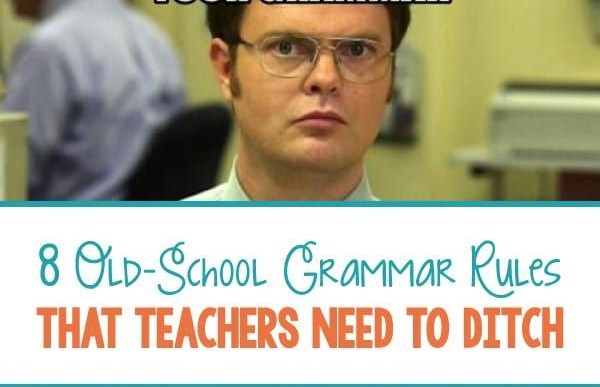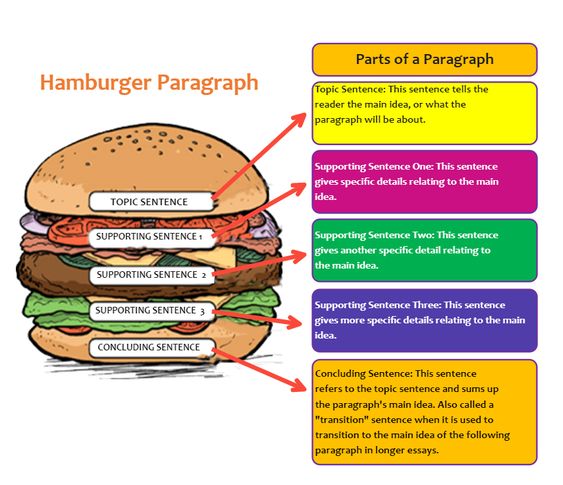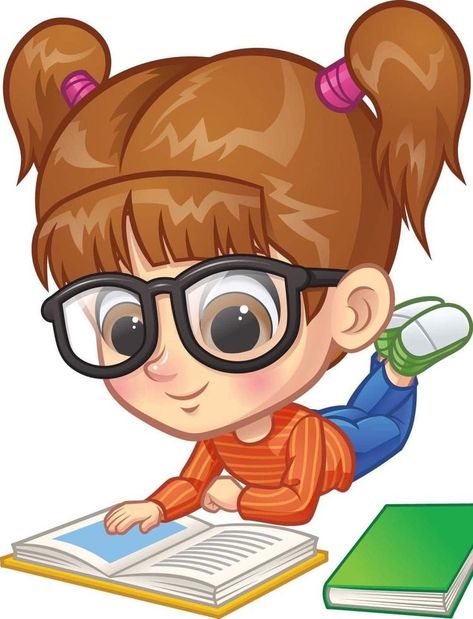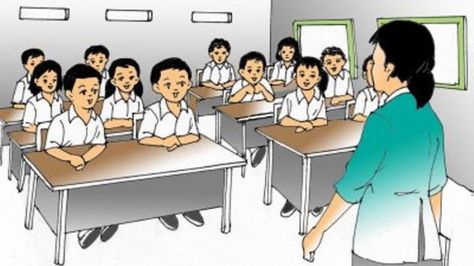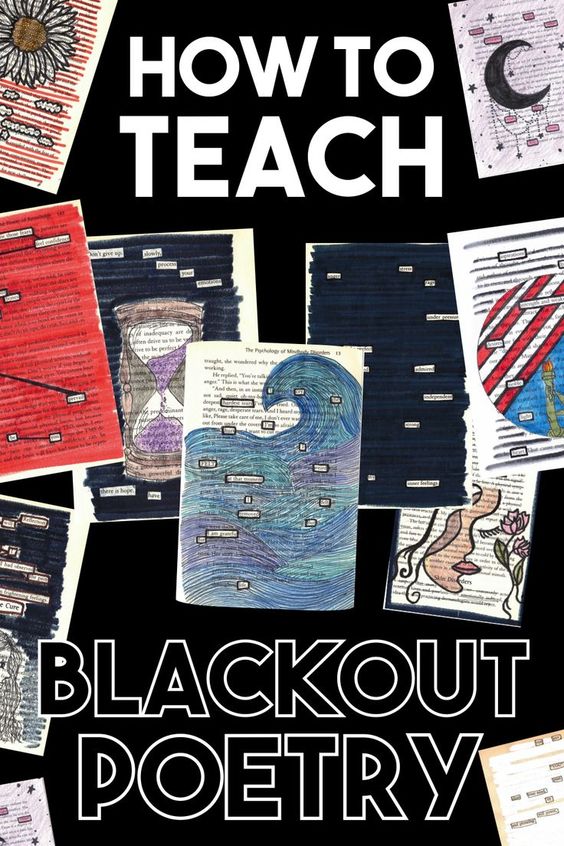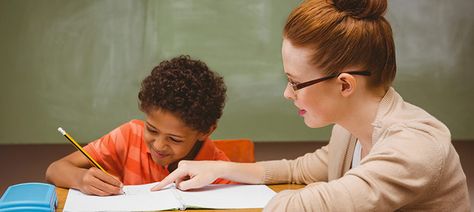As languages evolve, so should the way we teach grammar. It’s important for teachers to embrace a forward-thinking approach when it comes to grammar rules and lessons. Here are eight old-school grammar rules that teachers need to ditch in favor of a more modern and practical understanding of the English language.
1. Split Infinitives Must Be Avoided
Split infinitives – when an adverb is placed between ‘to’ and the verb – have long been a source of contention among grammar enthusiasts. However, avoiding them often results in clunky, awkward sentences. Teachers should allow students to split infinitives when it improves clarity or adds emphasis.
2. Do Not Start Sentences with Conjunctions
Traditionally, starting a sentence with conjunctions like ‘and’ or ‘but’ is considered a no-no. However, this rule restricts the flow of language and creativity. Teachers need to emphasize clear and effective communication, which sometimes means allowing for conjunctions at the beginning of a sentence.
3. Sentence Fragments Are Always Incorrect
Sentence fragments are incomplete sentences that lack a subject, verb, or both. While they may seem grammatically incorrect, they play an essential role in conversational English and creative writing. Teachers should focus on teaching students how and when to use fragments effectively rather than condemning their use outright.
4. Never Use Passive Voice
While active voice generally creates stronger sentences, there are instances where passive voice is more suitable. Teachers should teach students how to discern when passive voice is appropriate and how to shift between active and passive voice for precise communication.
5. One Must Never Refer To Oneself In The Third Person
This rule is outdated since referring to oneself in the third person can actually provide stylistic variety in writing or conversation. It’s crucial for teachers to allow flexibility in this area.
6. Do Not End a Sentence with a Preposition
Ending a sentence with a preposition, like ‘of’ or ‘with,’ is often considered grammatically incorrect. However, in spoken English and informal writing, this rule restricts the natural flow of language. Teachers should permit students to end sentences with prepositions when it makes sense.
7. Double Negatives Are Unacceptable
Using double negatives can sometimes be unclear, but there are instances where using them adds depth and strengthens the intended meaning. It’s essential for teachers to recognize these situations and help students understand the nuances of double negatives.
8. Use “He” or “She” for Gender-Neutral Pronouns
In recent years, the use of “they” as a singular gender-neutral pronoun has become more widely accepted. Teachers should adapt to this change and embrace the use of “they” as a more inclusive option when addressing someone whose gender is unknown or unspecified.
Embracing change and challenging conventional grammar rules allows teachers to foster communication, creativity, and growth in their students, paving the way for a better understanding of the ever-evolving English language.
